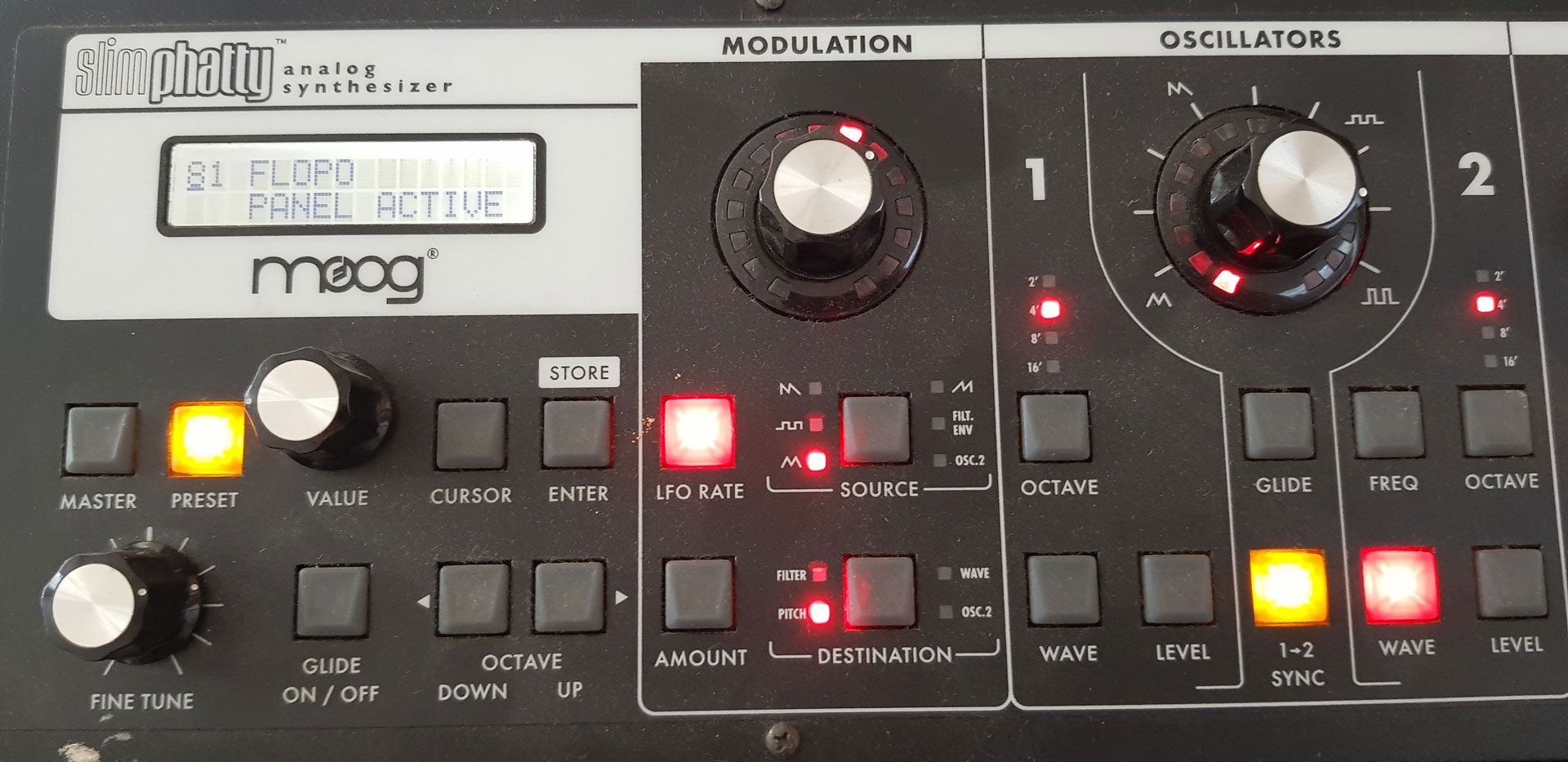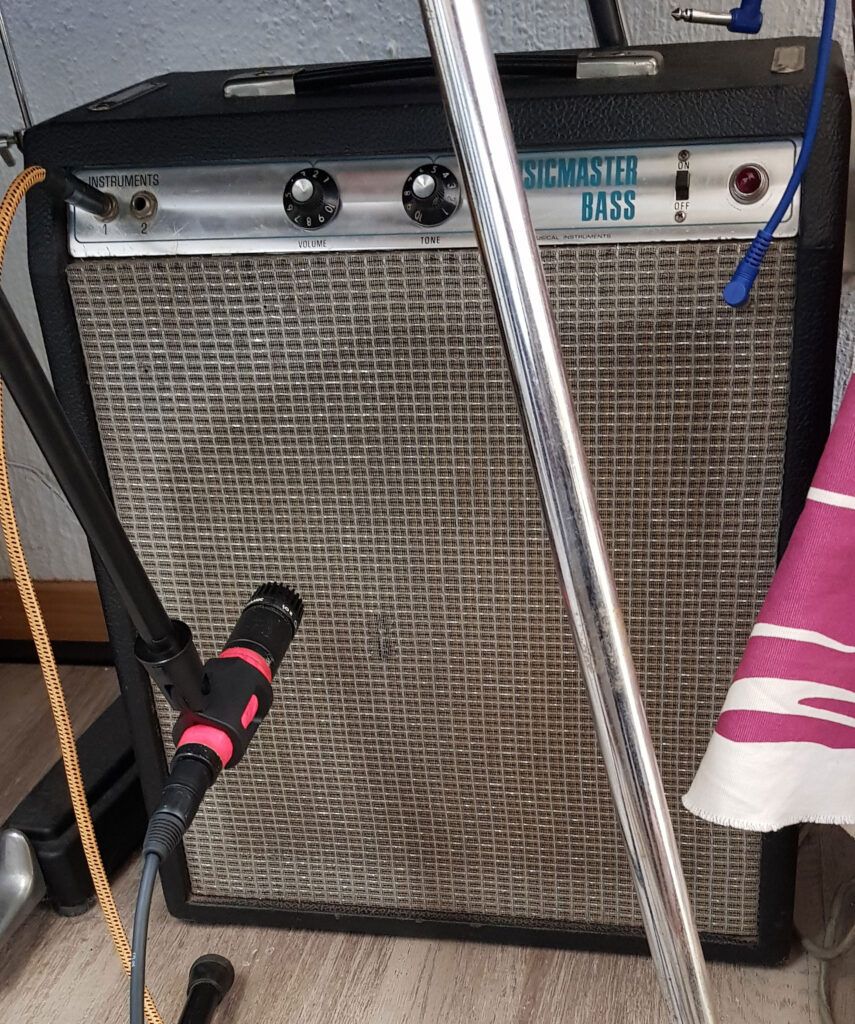As a creative response to the Africa Synthesized theme, I chose to create a tape collage. I loosely drew inspiration from Halim El-Dabh’s early tape music in the style of musique concrète.
Using a vintage Nagra tape machine, I set about recording with a fully analogue process. This machine has three speeds available: 15 ips (inches per second), 7,5 ips, and 3,75 ips. Speeding up or slowing the tape would, of course, alter pitch as well as duration of audio passages. This was a key element in my process, using many variations of speed and pitch alteration in my ideas and decision-making. I used only one reel of tape for all the recordings.

As sound sources, I used an analogue Moog synthesizer, a guitar played through a vintage valve amplifier (and tuned differently), various effects pedals with an emphasis on spatial design (delays and reverbs), and cymbals. I also borrowed a nyungwe-nyungwe and budongo from musician Cara Stacey, which are two instruments I am not very familiar with playing. I set about recording 2,5 hours of music and sound performance. I intentionally tried to record each element without considering how pieces may fit together, treating it almost as an archival process. I wanted to exploit the fact that I am not a skilled performer of the nyungwe-nyungwe and budongo, so that I could focus more on acoustic elements and the potential of sound manipulation without being guided by musical habits or traditions. The process involved thinking of myself as two different people – the performer and the archivist.

After a reel of tape was recorded I would play it back and record it into my DAW. I would digitally capture two or three speeds/pitches for each performance. Once it was digitised, I would proceed to record over the reel with the next performance. After collecting these 2,5 hours of recordings, I set about assembling the composition/sound collage. The rule was simple: I was not allowed to re-record anything, I had to use the audio captured and only proceed with the audio collage.

It was an inspiring process – sometimes finding moments of sonority and sometimes dissonance or seemingly unrelated sound worlds. I finished the assembly at a little over twelve minutes in length. I wished for it to be reminiscent of early tape music by Halim El-Dabh and other musique concrète, but with my own bits of musical DNA coded within the performances: a kind of documentation of the process, the experimentation, the new field of research for me, and the unknown. These are some things I experience as a listener of early tape music.